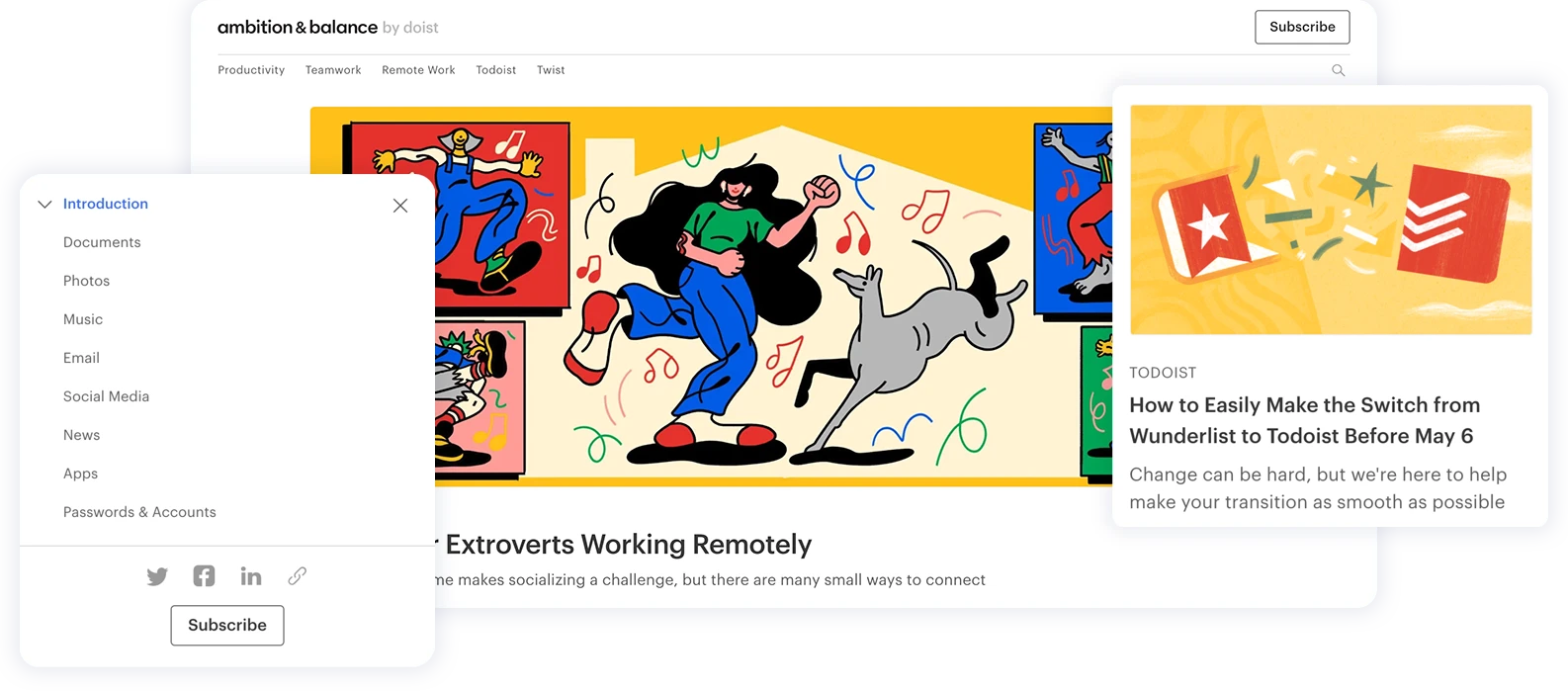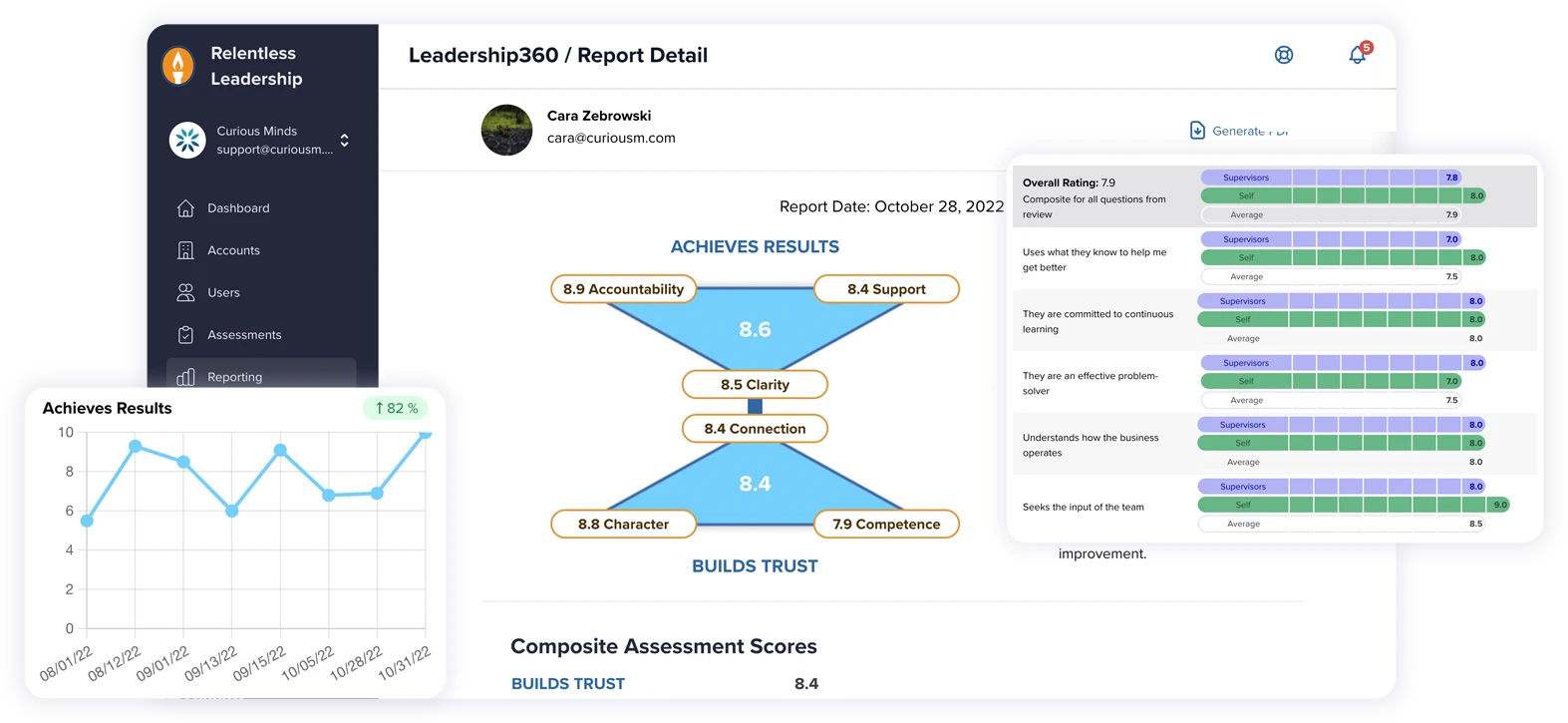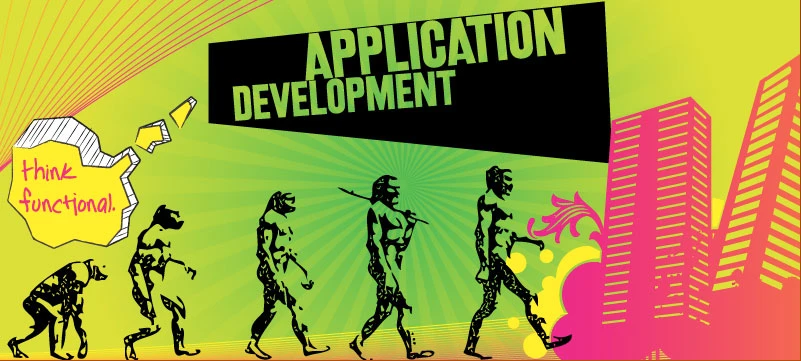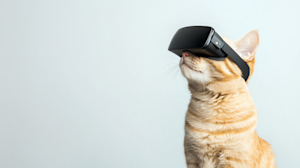Before the pandemic turned everything upside down, you could stick your head over your cubicle wall to ask a question, or turn to your coworker in your open office environment and kvetch about what lunch smell was emanating from where. And now? Your office mate is your dog, which, for me, isn’t all that bad. My dog is pretty great. But what about the rest of the workforce? What is this redirect towards a work from home (WFH), culture doing to change the original office culture and structure?
Setting Boundaries
Working from home introduces a greater need for work life separation. It’s much easier to work when you’re home. Everything that would normally be in your office is in a spare bedroom or the basement, if you’re lucky enough to have space. Just pad in your socks down the hallway, and you’re back at work to finish an email, or work on a project just a little bit longer. But more workers are realizing that establishing a clear boundary between when to work and when to be home is far more beneficial than working into the wee hours of the night, and it’s being reflected it the current culture. More people are establishing those boundaries and, as a result, are actually more productive than if they were working more hours. People are finding a better balance between their work and personal lives, which improves their overall health and focus.
But boundaries work both ways. Working from home may require additional boundaries from the other people in your house! I personally have been in meetings where someone’s child suddenly popped on screen. And my dog has even participated, by letting his opinions be known via barking just as I unmute myself. Creating these boundaries may be as simple as locking your door. However, I’m also aware that locking your door doesn’t always keep your children from making noise everyone else can here. Noise cancelling headphones and other various equipment are gaining popularity.
An Even Greater Need for Communication
More people working from home means a higher chance of disconnect or miscommunication. There’s no quick pop over to someone’s desk to ask a quick question, or get more clarification on a project. Utilizing communication tolls like Slack, GoToMeeting, Zoom, Skype, and even Facetime have helped to keep communication from lagging. Emails are still valuable options for communication as well, and, as a last resort, there’s always a quick text or phone call.
Introducing new employees to your team brings with it its own set of complications with communication. Never meeting in person make it more important to maintain good communication practices, so remote employees know that they’re an active member on your team. To help strengthen everyone’s communication and rapport, you can try breaking your team in smaller sub teams, with their own separate meetings to make sure everyone knows they’re being heard. Then later, a scheduled company wide meeting can keep everyone in the collective loop. But if your current communication tools are working, then by all means, keep using them!
Hybridization
Not everyone wants to go back to an office full time. The perks of working from home are too many and too advantageous for some to want to go back to “normal.” For some, working from home was the perfect option. There was no need for daycare or babysitters. No long commute. And for some people who are disabled, working from home was the perfect option. In fact, the pandemic proved just how many jobs can be accomplished remotely, and how flexible some of the requirements for employment actually are, providing the perfect argument as to why options for working remotely should remain in effect.
Future Changes
What else can we expect as we move away from the classic office setting? Maybe a shorter work week (who wouldn’t love that)? A more casual atmosphere? Literally, as well as figuratively? Even professional attire is steering towards a slightly more informal structure, with softer fabrics and looser fits. Will the rest of our professional lives follow suit? Will we eventually create our own schedules and hours, while still maintaining our current consistent employment? Are suits and dress shoes going to become museum artifacts? Will sweatpants even be considered acceptable for the office? That last one will probably never happen, but ultimately, we don’t know. What we do know is that workplace as we know it is changing.



















